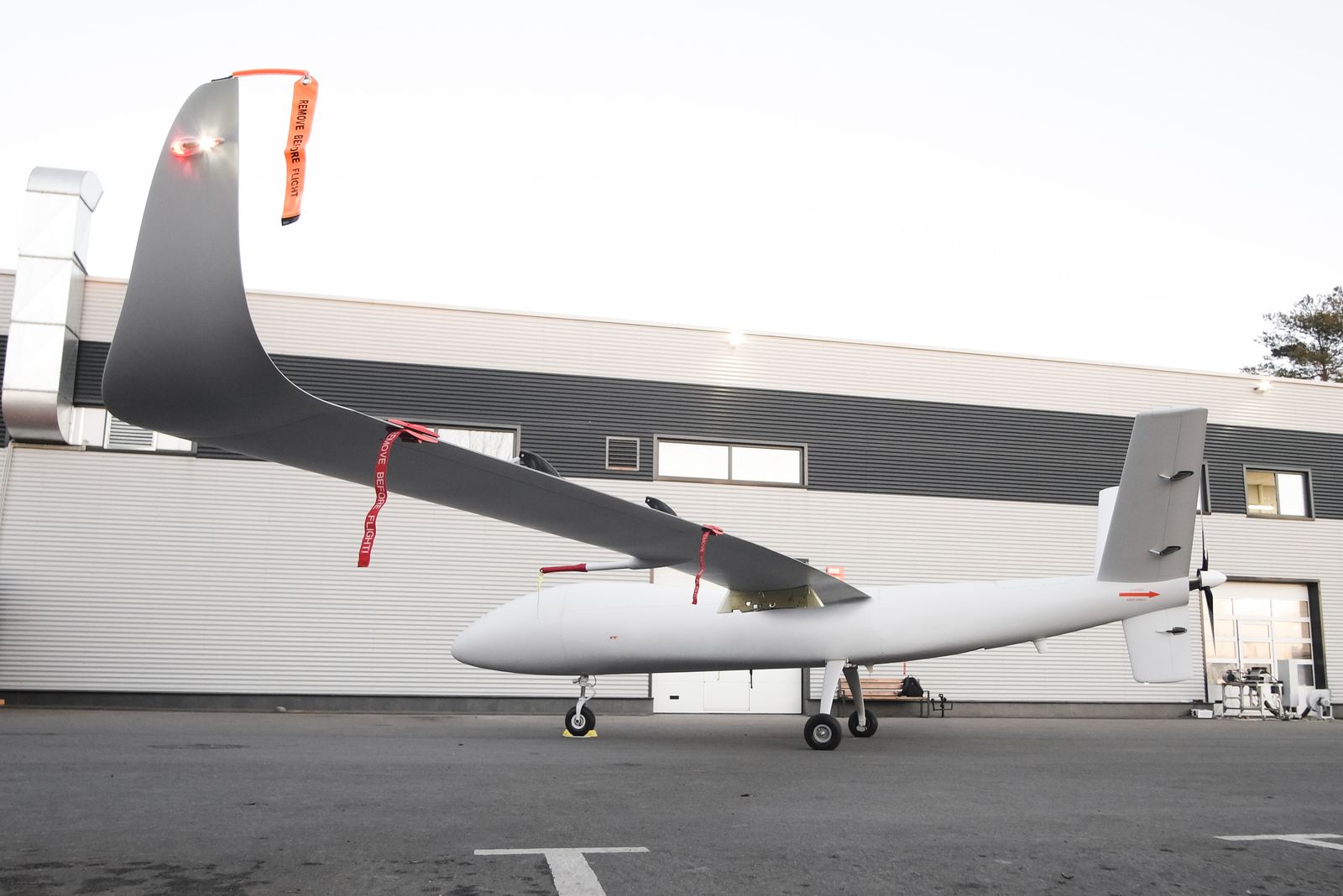S1-V300 MALE UAS
Expert opinion of Aliaksei Stratsilatau, CEO of UAVOS


Aliaksei Stratsilatau, Founder and CEO of UAVOS.
The S1-V300 MALE UAS has demonstrated remarkable fuel efficiency, resulting in outstanding flight performance. During a test flight, the 1,000 kg S1-V300 UAS achieved 16 hours of continuous operation at a cruising speed of 130 km/h, with a fuel consumption rate of only 10 liters per hour. In total, the aircraft covered 2,400 km.
This impressive result was made possible by the aircraft’s excellent aerodynamic design.
What specific engineering factors have positively affected its flight performance?
What specific engineering factors have positively affected its flight performance?
Excellent aerodynamic design was translated into following specific design elements that directly improve flight efficiency and endurance:
- High efficiency wing configuration with extended span, combined with optimized propellers, reduces drag and increases lift.
- Lightweight composite landing gear with aerodynamic profiles lowers overall mass without compromising strength.
- Adjustable air intakes that retract during flight enhance aerodynamic performance.
- Streamlined fuselage with the engine located behind the wing, rather than at the tail, optimized for endurance flights.
- Y shaped empennage design provides minimal aerodynamic resistance.
- Well designed fowler flaps and interceptors improve lift augmentation and maneuverability.
- High efficiency wing configuration with extended span, combined with optimized propellers, reduces drag and increases lift.
- Lightweight composite landing gear with aerodynamic profiles lowers overall mass without compromising strength.
- Adjustable air intakes that retract during flight enhance aerodynamic performance.
- Streamlined fuselage with the engine located behind the wing, rather than at the tail, optimized for endurance flights.
- Y shaped empennage design provides minimal aerodynamic resistance.
- Well designed fowler flaps and interceptors improve lift augmentation and maneuverability.
September, 2025